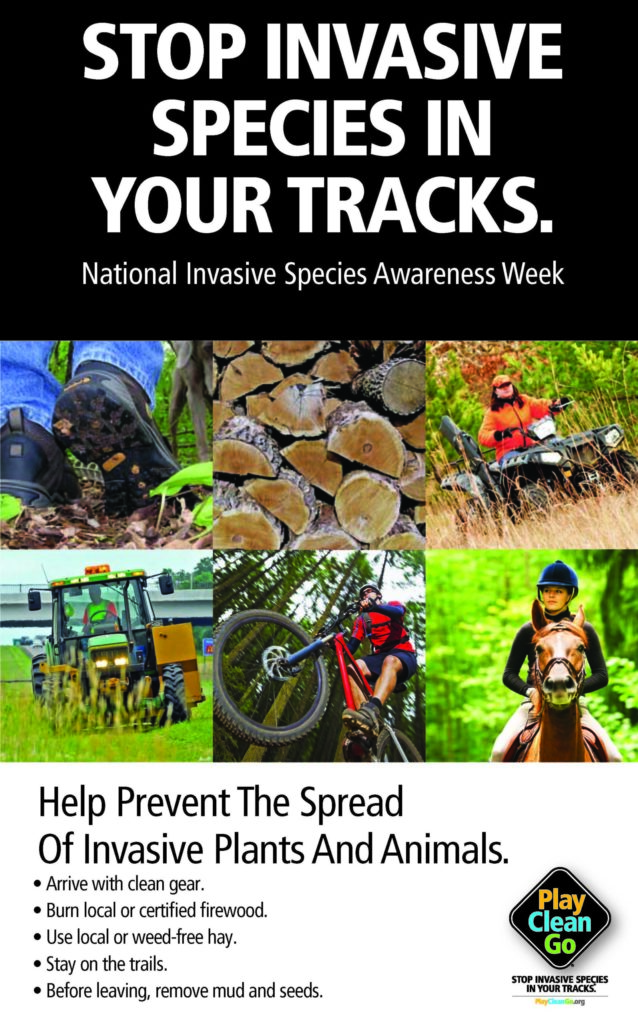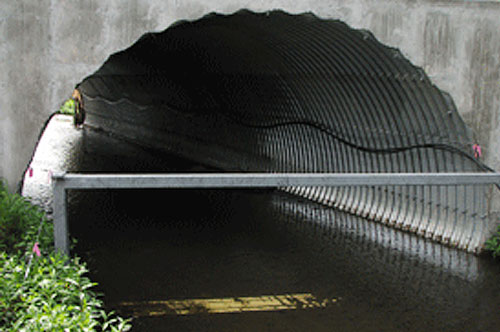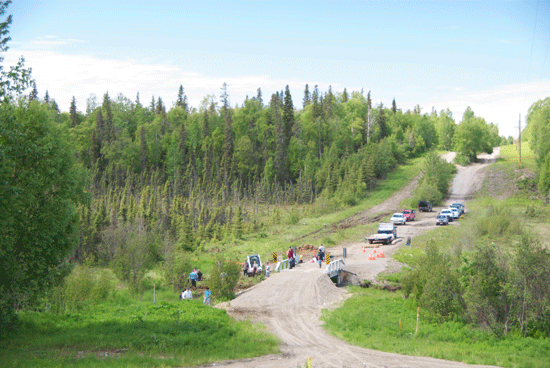Restoration
Strategically, our restoration focus is to reconnect inland salmon nurseries to the ocean. While we don’t have many hydroelectric dams on the Kenai Peninsula, we do have a large number of roads with poorly designed or maintained culverts that prevent adults and juvenile salmon from accessing the habitat they need. There are dozens of culverts that need our help and we are discovering more through our Culvert Assessment project. Other organizations are focusing their efforts on direct bank habitat and providing responsible access, and we believe it is important to provide the most amount of restored habitat per dollar spent – and that opportunity is found in restoring fish passage.
We will occasionally take on a larger restoration project when conditions are found to warrant our expertise. One such example was the Anchor River where a the river was captured by a gravel pit, creating an unnatural and detrimental condition for salmon. We were the only local organization with the skills to tackle such a large scale effort.
Featured Projects

Invasive species are living organisms including plants, animals, fish, insects, bacteria, etc. that are not native to an ecosystem and cause measurable harm. The harm caused by invasive species can come in the form of environmental harm, economic harm, as well as direct harm to human health. These species oftentimes reproduce quickly and spread aggressively, allowing them to out-compete native species. Invasive species are widely cited as one of the largest threats to biodiversity worldwide. Additionally, the Kenai Peninsula Fish Habitat Partnership has rated aquatic invasive species as the highest threat to lowland groundwater/wetland dominated systems, closed-basin lakes, and clearwater connected lakes with associated streams. These habitats are essential for Coho, Chinook, and Sockeye salmon at all life stages. Species that are not native to Alaska and the Kenai Peninsula pose great threats to our ecosystem and economy. As a member of the Kenai Peninsula Cooperative Invasive Species Management Area (KP-CISMA), the Kenai Watershed Forum is involved in the eradication and control of plant species that threaten salmon-bearing streams and other salmon habitat, such as reed canarygrass, Elodea, European bird cherry, and other high-priority terrestrial invasive species. How do invasive species spread? Invasive species are primarily spread by human activities,…
Learn more about Invasive Species
In the summer of 2003 and 2004 the Kenai Watershed Forum (KWF) more closely evaluated each of the three problem road crossings. It was clear that the College Loop Road presented the greatest potential to block juvenile anadromous fish.
Learn more about Restoration Highlights
The culvert at this crossing had been so badly crushed that parts of it were sticking up through the road surface and it was too narrow compared to the normal width of the stream. To avoid the jagged culvert, drivers were illegally trudging through the salmon stream, destroying habitat for spawning and rearing.
Learn more about Daniel’s Creek (Nikiski)
What happens when fish can't reach their nurseries? The Kenai Watershed Forum’s restoration plan targets two priority areas: fish passage and invasive species. Unrestricted access though stream corridors to spawning, rearing or over-wintering habitat is essential to maintaining salmon production. When the Kenai Watershed Forum began, the strategic plan analyzed States with failing salmon populations to determine how Alaska could do things right the first time around. The main issues from these example states revolved around maintaining fish passage, so that salmon could freely migrate along the entire length of a stream. Culverts & Culvert Assessments Each place where a road or trail crosses a stream is a potential barrier to salmon passage. Inadequately designed, installed, or maintained culverts can block upstream access for salmonids, especially juveniles. Makeshift bridges on ATV trails or a lack of any structure can also damage salmon habitat and restrict access. Learn More about culverts A single road crossing with an inadequate culvert can prevent fish from reaching miles of otherwise pristine habitat. Small streams connect fish to their nurseries. Juvenile salmon, particularly Coho, migrate up streams. Studies have shown that juveniles that successfully migrate up and down small streams survive better in the ocean. It…
Learn more about Fish Barriers





